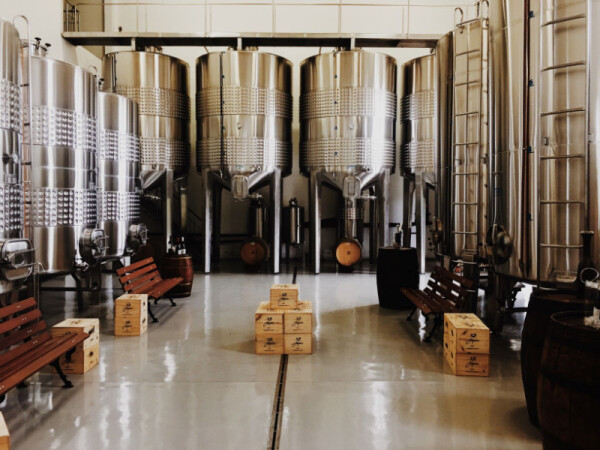Toll Free: (800) 888-8987 | Phone: (440) 835-3540 | office@ramsensors.com
What's the Difference Between a Temperature Sensor and a Temperature Transmitter?
Temperature sensors and temperature transmitters sound like the same thing. However, contractors need to know the difference because both sensors and transmitters are necessary to make sure changes in temperature in equipment are within normal limits. Knowing the difference between a sensor, an industrial temperature sensor, a thermocouple, and a temperature transmitter is important. Both pieces of equipment are vital to the operation of machinery. Here is some information about temperature sensors and temperature transmitters.
Temperature Sensors
Temperature sensors measure temperature with an electrical signal. Temperature sensors have the ability to measure solids, liquids, or gases. All temperature sensors are made of two different metals that are used to show a change in temperature. Temperature sensors are important in manufacturing, because they make sure the equipment stays at a consistent temperature. For many types of manufacturing, a product cannot be made without a consistent temperature. There are several different types of temperature sensors, but all temperature sensors measure a change in temperature within a machine.
A thermocouple is a special type of temperature sensor. The sensor is made of two different wires that produce voltage to measure temperature change. Thermocouples are more economically efficient than other commercial temperature sensors.
Temperature Transmitters
While temperature sensors are able to determine whether or not a temperature change has occurred, they don't transmit a signal about the temperature change. That is the job of the temperature transmitter. The temperature transmitter connects to the sensor and transmits a signal about the change in temperature so that the machine can be checked by a technician. Often the temperature transmitter transmits a signal to a computer or a display so that it can be read. That way, if there is a problem with the temperature of the machine, it can be checked and serviced before problems occur.
Why Are Both Temperature Sensors and Temperature Transmitters Needed?
Many machines need to be at a consistent temperature in order to function properly and maintain product consistency. For example, if someone who owns a microbrewery makes several different types of beer, there is a certain temperature the beer has to be in order to complete the fermentation process. If the temperature of the beer is not consistent, the beer might taste flat, or it may have a taste no beer drinker wants to be a part of. Without temperature sensors and transmitters, it would be impossible to know what temperature the vat is, or to have a consistent temperature throughout the process.
Not only are temperature sensors and transmitters vital to the manufacturing process, they also help to signal when a machine needs to be serviced. If a machine has a consistent temperature, and all of a sudden, the temperature begins to rise, it may mean there is a problem with the machine that needs to be fixed quickly. Temperature sensors and transmitters function as an early warning signal that the machine needs a repair.
Contact Our Experts at RAM Sensors
Both temperature sensors and temperature transmitters are important to any manufacturer, no matter how big or small. By working together to make sure a machine is working properly at a consistent temperature, these two pieces of equipment help keep machinery running and production moving during the manufacturing process. Contact RAM Sensors for expert guidance on how to choose the best temperature sensors and transmitters for your application.





